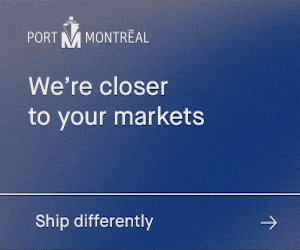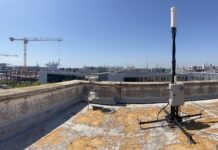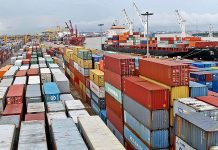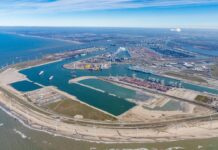
Busan Port Authority has worked with South Korea’s Ministry of Science and Information and Communication Technologies (ICT) to develop a technology to monitor container loading and sorting to prevent stored containers from falling over in strong winds.
The technology uses intelligent closed-circuit television (CCTV) and lidar sensors to shoot corner castings adjacent to upper and lower containers, and applies artificial intelligence learning techniques such as deep learning to “normal” (green), “dangerous” (yellow), and “very risky” (red) automatically classifies and informs the sorting status.
Currently, terminal operators in Busan Port store containers in multiple tiers in the yards. With this technology development, accidents such as container collapses in gusts or strong winds can be prevented if the alignment between the upper and lower containers is incorrect.
BPA plans to develop the monitoring equipment by the end of this year, and install it on yard tractors and port patrol cars.
Busan mayor Park Heong-joon said that the technology development will strengthen the port’s status as North-east Asia’s main transshipment hub.
BPA also plans to prevent accidents by prescribing safety standards for the range of inconsistencies in stacking. In Europe, the range of inconsistency up to 25mm in width and up to 35mm in length is stipulated for safe container loading. Such inconsistencies are detected through real-time tests.
Martina Li
Asia Correspondent








